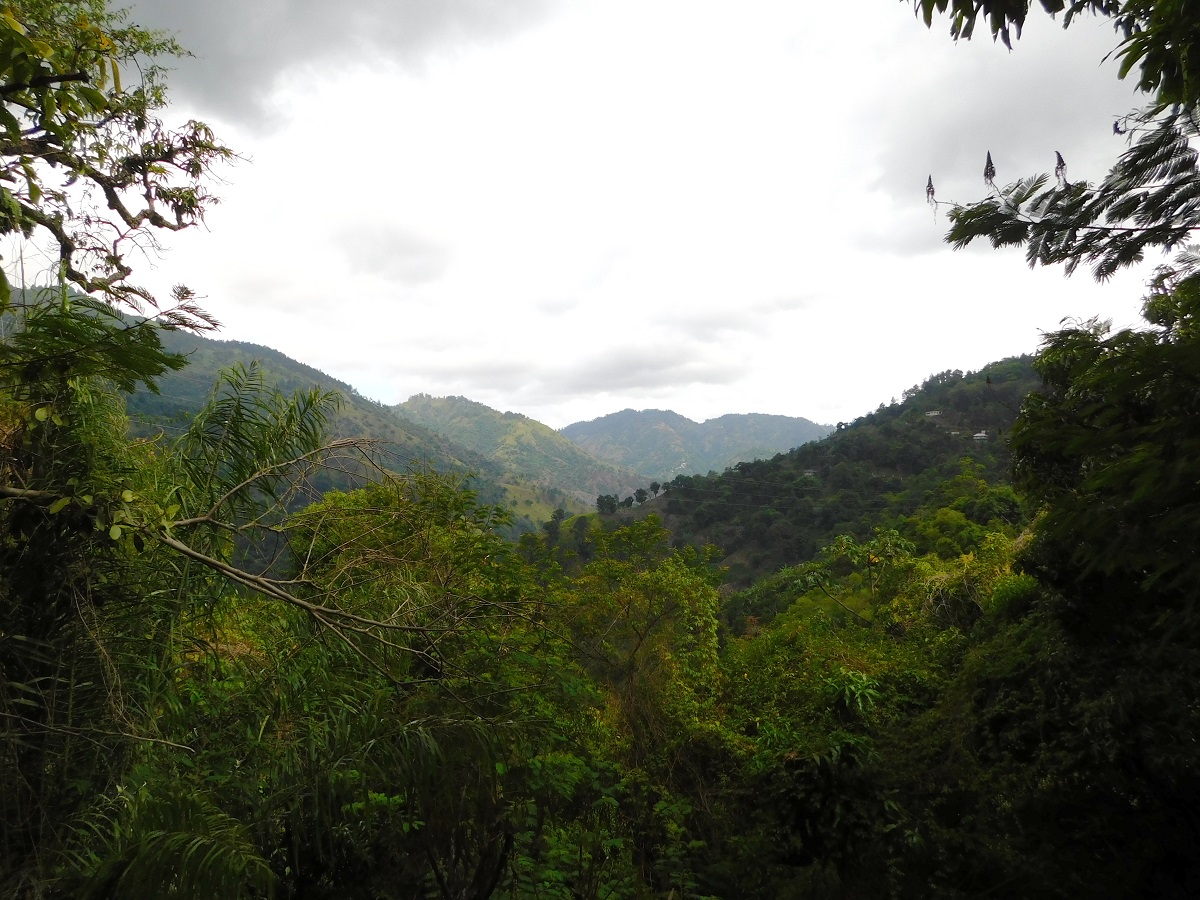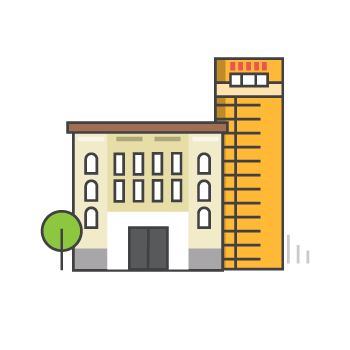Destination Local: Seven Things You Didn’t Know About the Blue Mountains
by Stephanie Koathes Aug 3, 2020

It’s been a hard year so far for travel plans. Even though borders have reopened, you might not be comfortable or able to leave the island. That’s okay! Use this time to staycation and explore Jamaica.
One of the country’s most majestic regions is the Blue and John Crow Mountains. Exploring the mountains is a great way to get out, discover local, and have plenty of space and fresh air between you and others.
Lush, green and often capped with a bank of white clouds the national park in these mountains covers over 100,000 acres stretching across St Andrew, St Thomas, St Mary, and Portland.
We all know about them, have maybe visited them, and many of us see them daily, but what do we really know about these incredible mountains?
Here are seven things you might not have known about the Blue and John Crow Mountains.
UNESCO
The Blue and John Crow Mountains were designated a UNESCO World Heritage Site in 2015 becoming Jamaica’s only UNESCO heritage site. It is also the country’s only national park.

It’s home to a rare kind of forest
These mountains are covered in a rare kind of forest called a ‘cloud forest’. What’s a cloud forest? A cloud forest, also known as a montane rainforest, is a tropical or subtropical forest where rain occurs frequently, and there is persistent low-level cloud cover. Montane cloud forests like what’s found in the Blue and John Crow mountains make up less than 3% of the world’s tropical forests. They are rare ecosystems and are havens for biodiversity.
Related: Where to go: Romantic spots around Jamaica
Water supply
More than 40% of the population’s domestic water supply comes from the Blue and John Crow Mountains.
The mountains take up a lot of space
According to UNESCO, the Blue and John Crow Mountains comprise about 20% of the Jamaica’s total land mass.

It’s a butterfly haven
The Blue and John Crow Mountains are one of the few remaining habitats of the Giant Swallowtail Butterfly, the largest butterfly in the Western Hemisphere. The mountains are also one of the Caribbean’s largest migratory bird habitats.
Related: Four reasons you should still consider a staycation
Snakes love it there
Four of the six snakes native to Jamaica call the Blue and John Crow Mountains home, including the largest species, the Jamaican Boa. Don’t worry, none of Jamaica’s endemic snake species is poisonous! They’re more afraid of people that we are of them, so if you happen to see a snake, just leave it in peace.

Plant shelter
The forests of the Blue and John Crow Mountains are home to around 800 species of endemic plants and more than 500 species of flowering plants.
Frog time
Did you know that frogs are Jamaica’s only native amphibians? Eleven of Jamaica’s 23 endemic species of frogs are found in the Blue and John Crow Mountains National Park. Five of these species of frog are endemic to the park.
Use this time of limited travel to explore destination local! Liked this article? Check out how a luxury hotel is planning to bounce back from COVID.
Sources: Blue and John Crow Mountains, Great Adventures, Canopy in the Clouds, UNESCO, Jamaica Conservation and Development Trust








